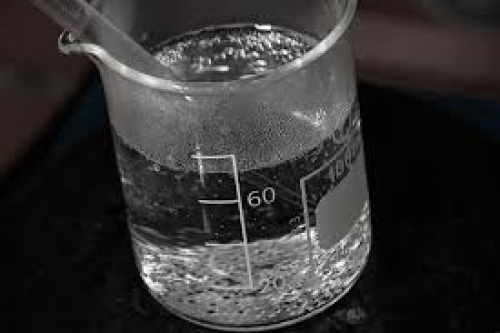Gluten Free Home Brewing Blog
How To Calculate The Perfect Strike Water For Your Next Mash

So you have tried your hand at an all-grain batch of beer and the math was close but not what you expected. It might be your Strike Water. There are several variables to take into calculation when trying to achieve the target mash temperature, and each as important as the other. The difference between getting to 163.4F and being off a few degrees may affect the efficiency of your mash…and less fermentable sugars for your eager yeast to devour.
Grain Temperature: So, you set your thermostat to 68F and never thought twice about measuring the actual temperature of your grain. Well, let’s do some math. A two-degree difference in grain temperature in fifteen pounds of malt with a Quarts/Pounds Ratio of 1.25 is almost a half a degree difference in the Strike Water.
Pounds of Malt: The number of pounds used does not actually affect the Strike Water temperature, just the volume of Strike Water used in the mash. Doesn’t sound important? Wait until we talk about thermal loss later! But it is important because the volume of Strike Water has been precisely calculated to provide the correct amount of water to raise the temperature of the grain bill to the target mash temperature.
Quart/Pounds Ratio: The quarts of water to pounds of grain ratio generally ranges between 1 to 1.25. Using the example of 15 pounds of malt from earlier, miscalculating or measuring your Strike Water incorrectly is a staggering 4-degree difference in the Strike Water.
Target Mash Temperature: The one advantage of a single infusion mash is you only need to calculate one mash temperature. Maintaining it is another story. Grouse Malting & Roasting Co. conducted extensive tests to derive at the target mash temperature of 163.4F. This temperature is currently the optimal mash temperature for gluten free malts.
Thermal Loss: The often overlooked and frequently unaccounted for…thermal loss! The scientific means that raises a grain bill to a target mash temperature is conduction. Conduction occurs when two objects of different temperatures are in contact with each other. Heat flows from the warmer object until they are both the same temperature. The transfer of this difference in temperature results in a loss of temperature of the warmer object. Therefore, the final temperature is less than what it was when it started. Mash calculators, including the one on our website, calculate Strike Water based on this heat transfer principle. However, most mash calculators will not compensate for your equipment. If you are using a cooler mash tun it is critical to consider how much heat your equipment will absorb from your Strike Water. After all, the grain bill, strike water and mash tun are all in direct contact with each other.
A discrepancy in your target mash temperature may be a cumulative effect of each variable, or one glaring mistake that has been overlooked until now. Calculating the perfect Strike Water will help improve mash efficiency and give you the best bang for your buck.
Cheers!